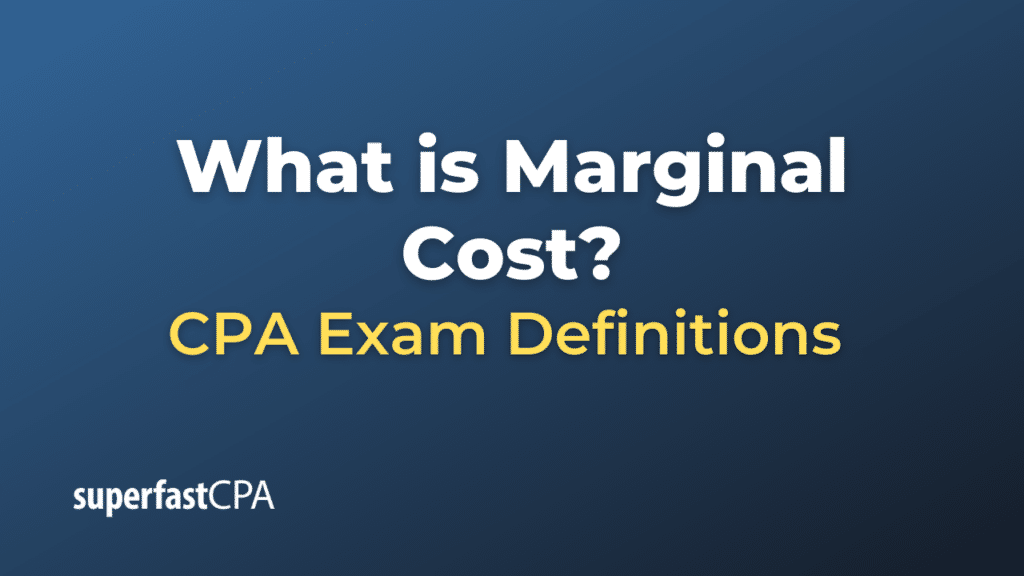Marginal Cost
Marginal cost is an economic concept that represents the cost of producing an additional unit of a product. It’s calculated by taking the change in the total cost of production and dividing it by the change in the quantity of output produced.
In simpler terms, if your total cost changes when you produce one more (or one less) item, the amount of that change is the marginal cost. It’s important to note that marginal cost can change as the quantity produced changes due to factors such as economies of scale or production complexities.
The formula for marginal cost is:
Marginal Cost = Change in Total Cost / Change in Quantity
Understanding the marginal cost of production helps a company in decision making related to pricing and supply. A firm would typically continue increasing production up to the point where marginal cost equals marginal revenue, the additional revenue from selling one more unit. This point of equilibrium maximizes the firm’s profits.
It’s also important to note that marginal cost is a key concept in the supply curve in economics. As production increases, the marginal cost can increase due to factors like the need for overtime pay, the physical constraints of production, or the exhaustion of readily available resources, which leads to the upward slope of the supply curve in a typical market.
Example of Marginal Cost
Let’s consider a simple example involving “Cycles Inc.”, our bicycle manufacturing company.
Suppose that Cycles Inc. is currently producing 100 bicycles, and the total cost of production (including both fixed and variable costs) is $20,000. This implies that the average cost per bicycle is $200 ($20,000 / 100 bicycles).
Now, let’s say the company decides to produce one more bicycle, increasing the total production to 101 bicycles. The total cost of production increases to $20,210. The increase in cost isn’t another $200, even though that’s the average cost per bicycle when 100 bicycles are produced. Instead, it’s $210, because of some overtime labor costs associated with increasing production.
The marginal cost of producing the 101st bicycle is therefore $210, calculated as follows:
Marginal Cost = Change in Total Cost / Change in Quantity
Marginal Cost = ($20,210 – $20,000) / (101 – 100)
Marginal Cost = $210 / 1
Marginal Cost = $210
This means it costs Cycles Inc. $210 to produce the 101st bicycle. This information can be very helpful to Cycles Inc. as it makes decisions about production levels and pricing.









